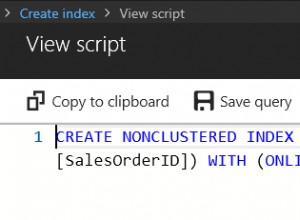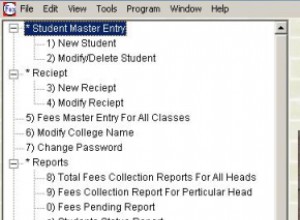Log.e("body", body);
HttpClient httpclient = getNewHttpClient();
HttpPost httppost = new HttpPost("https://www.demo.com/login.php");
nameValuePairs = new ArrayList<NameValuePair>();
nameValuePairs.add(new BasicNameValuePair("username", username));
nameValuePairs.add(new BasicNameValuePair("password", password));
httppost.setEntity(new UrlEncodedFormEntity(nameValuePairs));
httppost.setEntity(entity);
response = httpclient.execute(httppost);;
Log.e("response", response.getStatusLine().toString());
String aaa = response.getStatusLine().toString();
Toast.makeText(getApplicationContext(), "Content :"+ aaa, Toast.LENGTH_LONG).show();
HttpEntity entity1 = response.getEntity();
is = entity1.getContent();
//Toast.makeText(getApplicationContext(), "Content :"+ (CharSequence) is, Toast.LENGTH_LONG).show();
}catch(Exception e){
Log.e("log_tag", "Error in http connection "+e.toString());
}
public HttpClient getNewHttpClient() {
try {
KeyStore trustStore = KeyStore.getInstance(KeyStore
.getDefaultType());
trustStore.load(null, null);
SSLSocketFactory sf = new MySSLSocketFactory(trustStore);
sf.setHostnameVerifier(SSLSocketFactory.ALLOW_ALL_HOSTNAME_VERIFIER);
HttpParams params = new BasicHttpParams();
HttpProtocolParams.setVersion(params, HttpVersion.HTTP_1_1);
HttpProtocolParams.setContentCharset(params, HTTP.UTF_8);
SchemeRegistry registry = new SchemeRegistry();
registry.register(new Scheme("http", PlainSocketFactory
.getSocketFactory(), 80));
registry.register(new Scheme("https", sf, 443));
ClientConnectionManager ccm = new ThreadSafeClientConnManager(
params, registry);
return new DefaultHttpClient(ccm, params);
} catch (Exception e) {
return new DefaultHttpClient();
}
}
MySSLSocketFactory.java
public class MySSLSocketFactory extends SSLSocketFactory {
SSLContext sslContext = SSLContext.getInstance("TLS");
public MySSLSocketFactory(KeyStore truststore) throws NoSuchAlgorithmException, KeyManagementException, KeyStoreException, UnrecoverableKeyException {
super(truststore);
TrustManager tm = new X509TrustManager() {
public void checkClientTrusted(X509Certificate[] chain, String authType) throws CertificateException {
}
public void checkServerTrusted(X509Certificate[] chain, String authType) throws CertificateException {
}
public X509Certificate[] getAcceptedIssuers() {
return null;
}
};
sslContext.init(null, new TrustManager[] { tm }, null);
}
@Override
public Socket createSocket(Socket socket, String host, int port, boolean autoClose) throws IOException, UnknownHostException {
return sslContext.getSocketFactory().createSocket(socket, host, port, autoClose);
}
@Override
public Socket createSocket() throws IOException {
return sslContext.getSocketFactory().createSocket();
}
}
Adicione isso se você estiver trabalhando acima de 4.0 , em seu código
StrictMode.ThreadPolicy policy = new StrictMode.ThreadPolicy.Builder().permitAll().build();
StrictMode.setThreadPolicy(policy);




